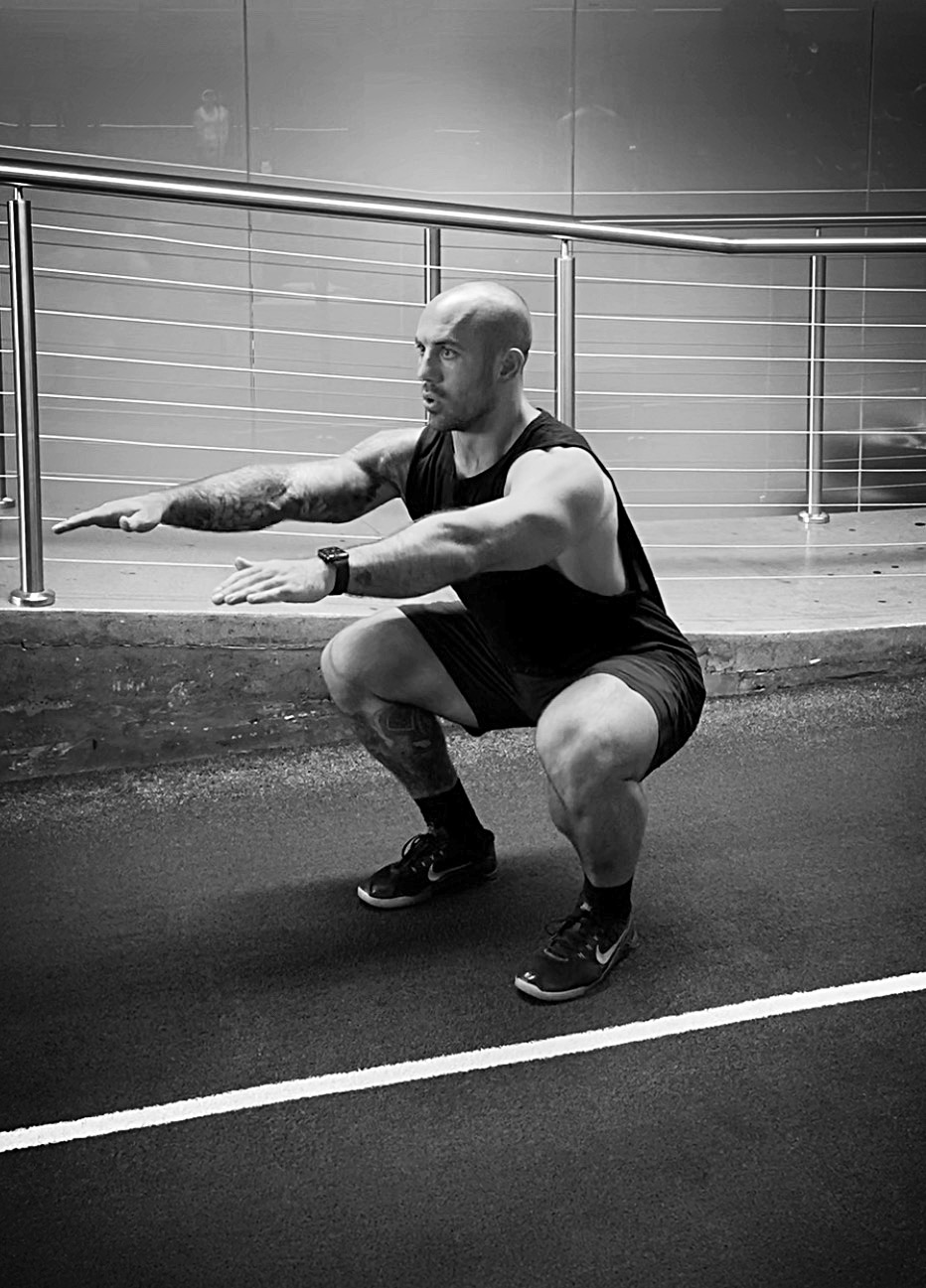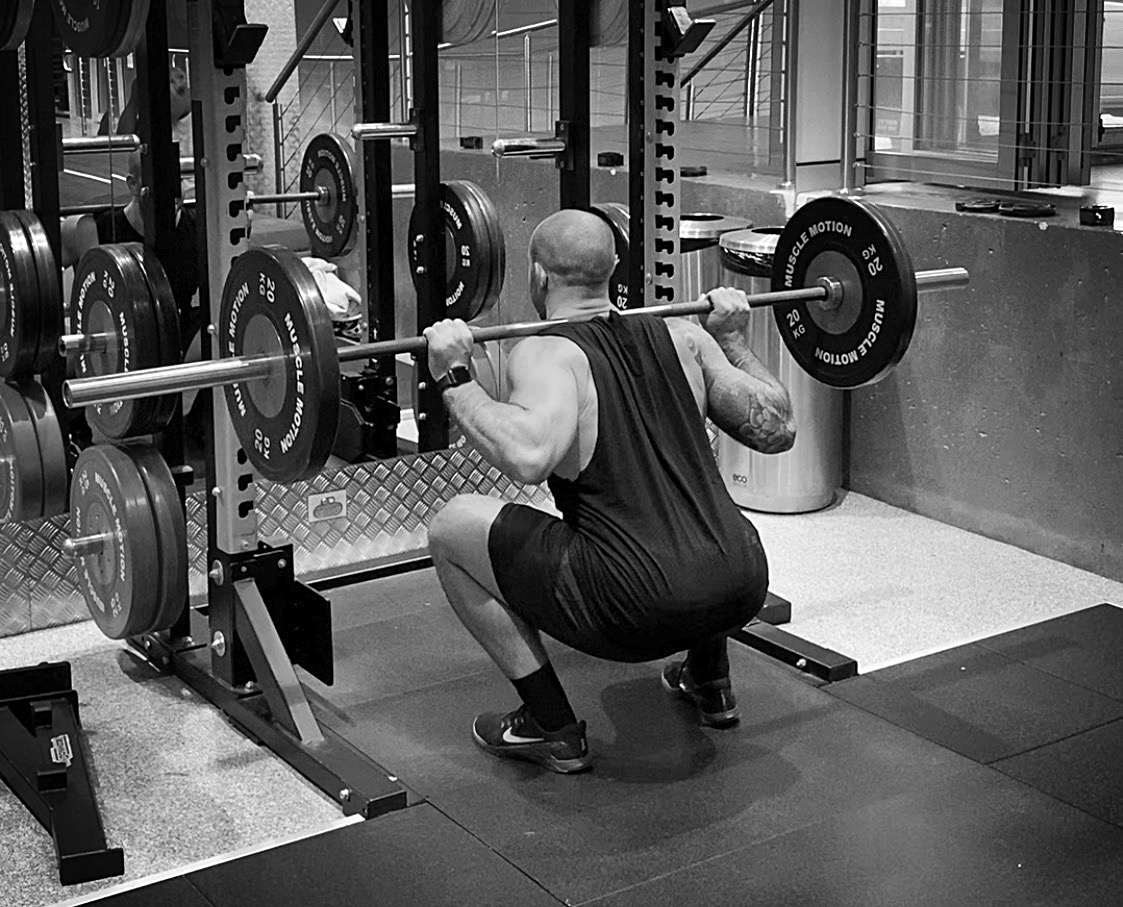As avid fans of my blog will know, I am a powerlifter and my sport is very simple- it only requires three main lifts, the squat, the deadlift and the bench press (if you want to know more about these three then have a look at my Basics article on the big three). However, despite being a true mainstay of the gym, many people do not know how to perform these movements optimally and are not squeezing all the benefits they can out of them. That is why it is vital that you perform these movements right…
“But Will”, I hear you scream. ” How do I know if I am doing it right?”
Well today I will show you and together we will delve deeper into the wonderful world of the squat.


The Best Squat Cues for You
Beginning at the very basic level there are two types of squat: (1) a non-weighted squat and (2) a weighted squat. And despite what you may think, the non-weighted or body weight squat is not to be looked down on and is something which any lifter regardless of discipline should be able to achieve. So if I have to achieve a good body weight squat… then how would I go about it?
The picture above is a great example of a perfect bodyweight squat. I will not talk about his squat as an ideal everyone should try and achieve but instead as a series of cues that you should try and follow.
- Hands are in front to act as a balance (this is fine for a body weight squat).
- Throughout the movement the back is kept at a neutral (flat) angle.
- The knees follow the line of the toes throughout the movement
- Feet stay flat on the floor without the heels or toes rising up
- Bum doesn’t tuck under leading to a curved spine.
These five are the essentials that you need to perform a good body weight squat and a good weighted squat as well. But what happens if you can’t, for some reason do one or more of these prompts? Well let me explain.
Some Common Problems
If you struggle with keeping your spine neutral during the lift or if your bum tucks under when you squat then do not worry as this is a common issue. First I would stretch out your hamstrings, I like to do this with a couple of static holds then move to some light dumbbell RDLs (Romanian Deadlifts) with a real focus on the pull of the dumbbells downwards. Then try and squat. If the problem is still there then it may be an issue with your ankle mobility. Although this sounds complicated and something that requires professional help for, this can be solved by you and there are a number of ways you can solve this.
The first is via some soft tissue work- by soft tissue, I am referring to the muscle and fascia that surround your skeleton and ligaments. This could be done with some foam rolling or other massage-based work, please note that if you do choose this option then it will have to last at least 5 minutes for the benefits to be really felt, and chances are it will be a little uncomfortable.
Another option is skeletal based work which works to improve your mobility by reducing impingements. One such exercise is this.
- Place a light resistance band round the leg of a bench and put the other end around your shin.
- Move to a position where you can feel the pull of the band on your shin and kneel down.
- Move your knee forward so it is as far over your toes as you can without your heels coming off the floor.
- Perform that movements for 20 reps and 4 sets for both ankles.
A good Instagram account with some good advice about this kind of issue is Dr Aaron Horschig’s account Squat University linked below.
However, if after a number of weeks, the problem persists then consulting a good physiotherapist is probably the best port of call (with that said I will happily help if you have any questions). The third prompt I have written down can also be an issue for lifters. This often relates to tight hips, more specifically tight hip flexors or adductors. This can be stretched out using a banded hold or by using an adductor machine. To make use of a banded hold…
- Get a light resistance band and double loop it.
- Then place it around your knees and push your knees away from each other until you feel your lateral glutes firing.
- Hold this position for 3 sets of 60 seconds.
For other genius warm-up ideas to get your body firing right for squats just check out Matt Wenning…
Another common problem is a lifters heels coming off the ground when they squat and is once again down to our good friend ankle mobility. To fix this issue, the solutions are the same as the solutions for butt wink. In short, either perform some soft tissue work or some banded mobility work to loosen up your ankles (details of these are above).
As Blaine Sumner is demonstrating, this is a barbell squat. Now to be very clear this is no different to a body weight squat- the exact same prompts apply and it should look very similar. This is how the majority of the fitness community complete this exercise and is the one that you will most like come across during your time lifting. To complete this you do not need £150 squat shoes or an SBD lifting belt- for example, I used to squat wearing flat soled shoes and wrist wraps. Nothing else. If you start with the basics then you will build the best foundation in lifting, something no amount of expensive equipment can achieve. Or knee sleeves or wrist wraps or anything else. To quote Louie Simmons of Westside Barbell…
Don’t have $100 shoes and a ten-squat
Louie Simmons
So now we have looked at how to perform the squat and the philosophy behind a good squat- how can we utilise the squat in a program?
How to Programme the Squat
The squat is a great exercise and one that can be included optimally in almost any training programme and for any kind of athlete- if you want to learn a few tips about creating a great training programme then just check out my article on the subject. The squat can be adjusted to whatever needs you may have as an athlete and can be compensated for weaknesses in your movement pattern or injuries that you may have or be recovering from. One such example of a potential change would be to add chains to the bar to challenge any faulty movement pattern you may have at the top of the movement.
Being one of “The Big Three, I would recommend making it the focal point for that specific training session and basing any accessories performed after the squat to support the squat.
This article is the first of a number that will cover the three major lifts and how best to use them. If you like this latest series and what I am doing here at The Fitness Writer, then make sure to show it with a follow and a like. Otherwise, any questions you have regarding the squat or any other of my articles then just ask.
Much love, thefitnesswriter
4 thoughts on “Squatting- How to do it Right”
Comments are closed.